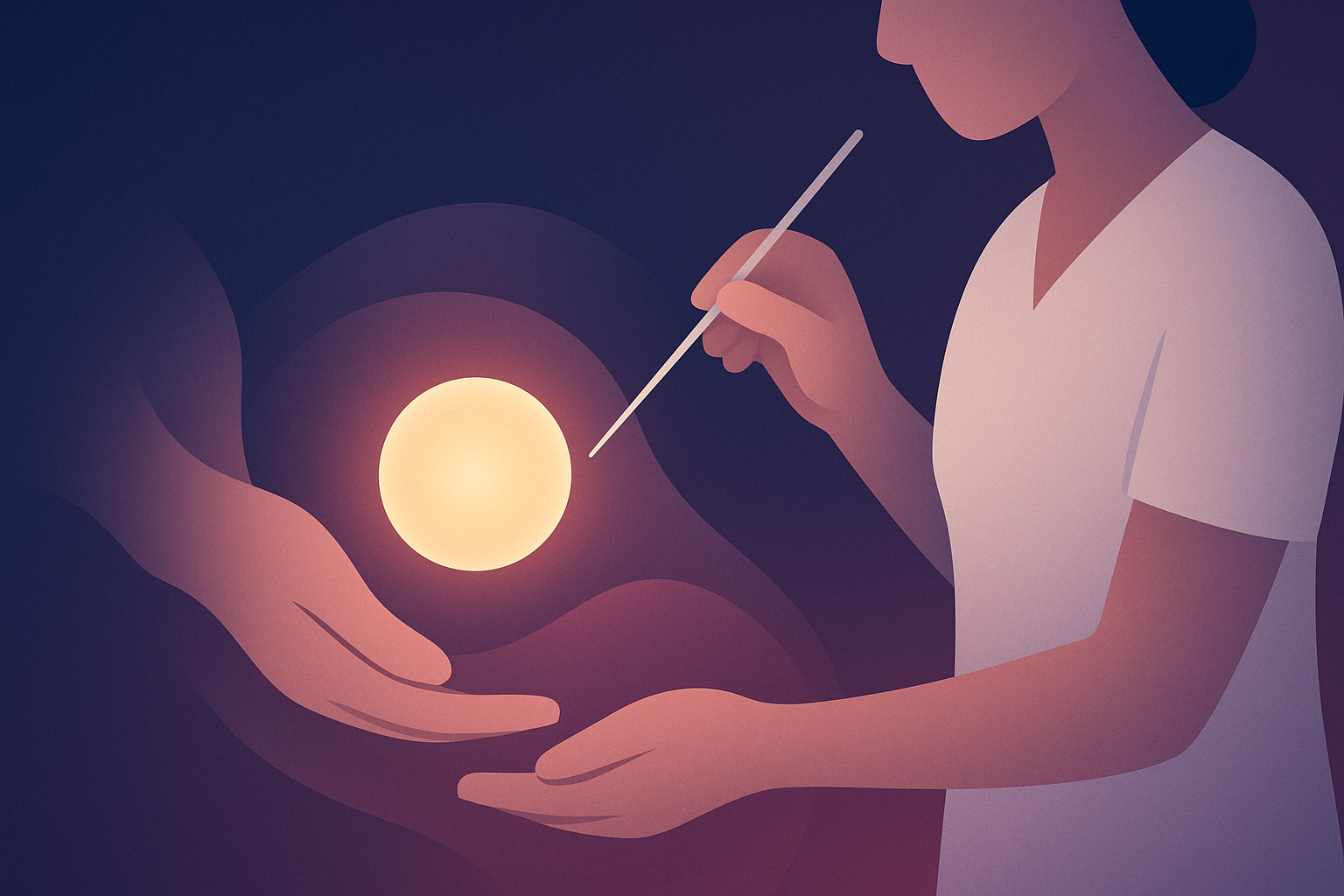


Embryo transfer is the final and most emotionally significant step in the IVF process. It involves gently placing a healthy embryo into the uterus with the aim of achieving pregnancy.
Although it’s a short and painless procedure, it carries deep emotional weight for couples. At Dr. Aishwarya’s clinic, this step is performed with utmost precision, care, and emotional sensitivity — because we understand what it means to you.
After your eggs are fertilised in the lab (via IVF or ICSI), the resulting embryos are carefully monitored for 3 to 5 days. The best-quality embryo is selected and transferred into the uterus through a soft catheter.
It is a non-surgical procedure — usually done without anaesthesia — and takes only about 10–15 minutes. After transfer, the embryo may implant in the uterine lining, leading to pregnancy.
This step is essential for:
It is suitable for anyone whose embryos have been created outside the body, and now need to be returned to the uterus for implantation.
The embryo is transferred in the same cycle as the egg retrieval, usually on day 3 or day 5 after fertilisation.
A previously frozen embryo is thawed and transferred in a prepared cycle. FET allows better planning and often has excellent success rates.
The embryologist selects the highest quality embryo based on growth and appearance. You’ll be informed about the number and grade of embryos.
Before transfer, the uterus is prepared using natural or medicated cycles to ensure the lining is thick and receptive.
You will be prescribed medications (usually progesterone) to support implantation and pregnancy.
A blood test is scheduled about 12–14 days after the transfer to confirm pregnancy.
Embryo transfer may seem simple compared to egg retrieval or injections, but it’s the most critical moment where science meets hope.
Proper embryo selection, optimal uterine conditions, and gentle technique can greatly influence implantation success.
Dr. Aishwarya performs all embryo transfers with complete focus, precision, and a calm, reassuring presence — helping patients feel secure and supported.
No. It feels like a pap smear. No anaesthesia is needed, and you can go home shortly afterward.
Usually 1–2, depending on your age, embryo quality, and prior history. Single embryo transfer is preferred to reduce twin risks.
Not necessary. Light activity is fine. We advise rest on the day of transfer and normal movement from the next day onward.
Yes. Eat home-cooked, nutritious food and stay relaxed. Avoid lifting heavy objects, but no need for strict restrictions.
We’ll review the entire cycle, discuss possible causes, and suggest the next best step — which may include frozen embryo transfer or further tests.
Embryo transfer is more than a procedure — it’s the moment your dream inches closer to reality. Let us help you give it the best possible chance.
Dr. Aishwarya S Fertility & Reproductive Medicine Specialist dedicated to compassionate, evidence-based care for individuals and couples.
© Copyright 2025 @ Dr.Aishwarya | Designed & Developed By MediGrow.ae